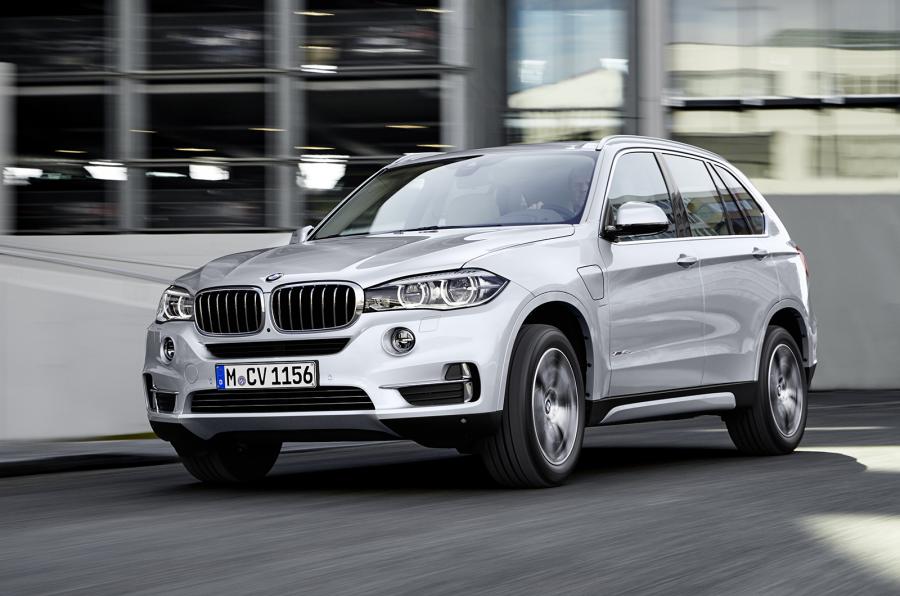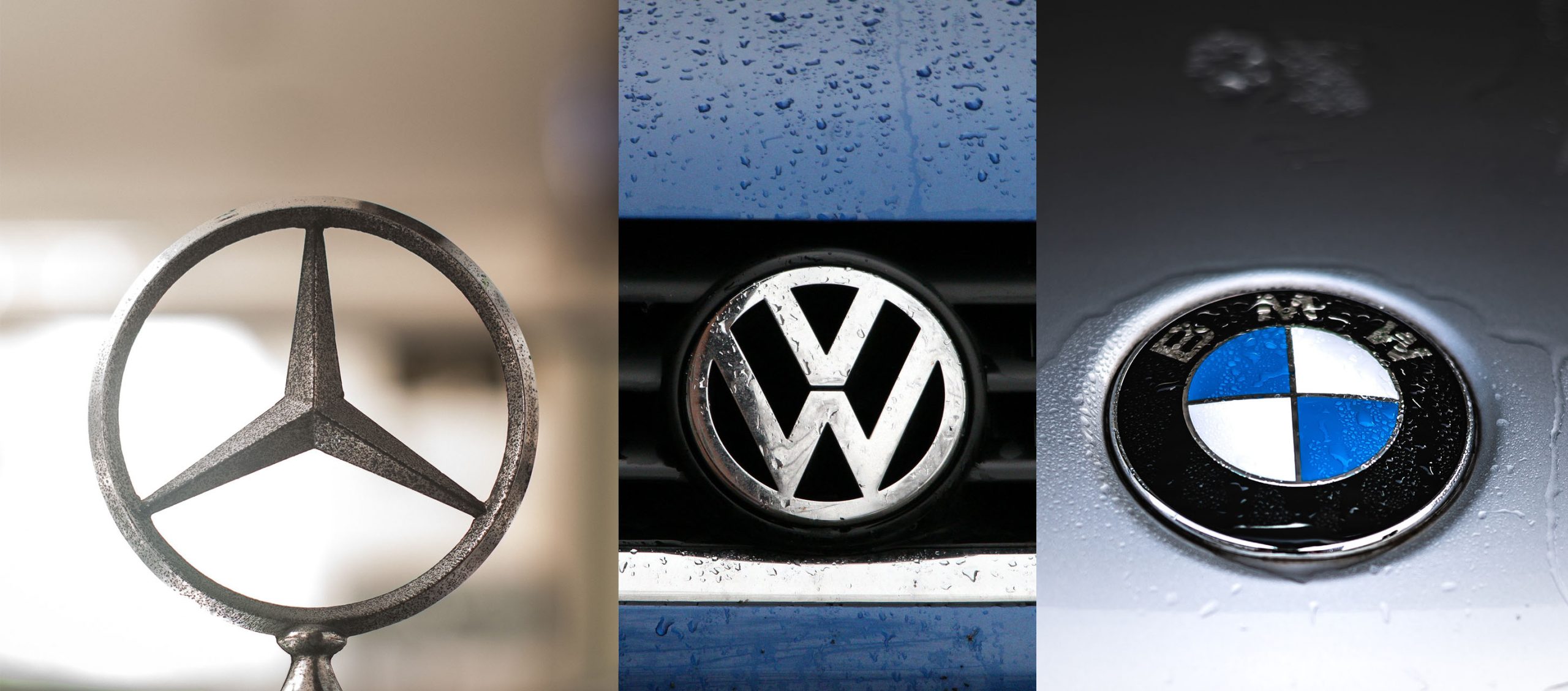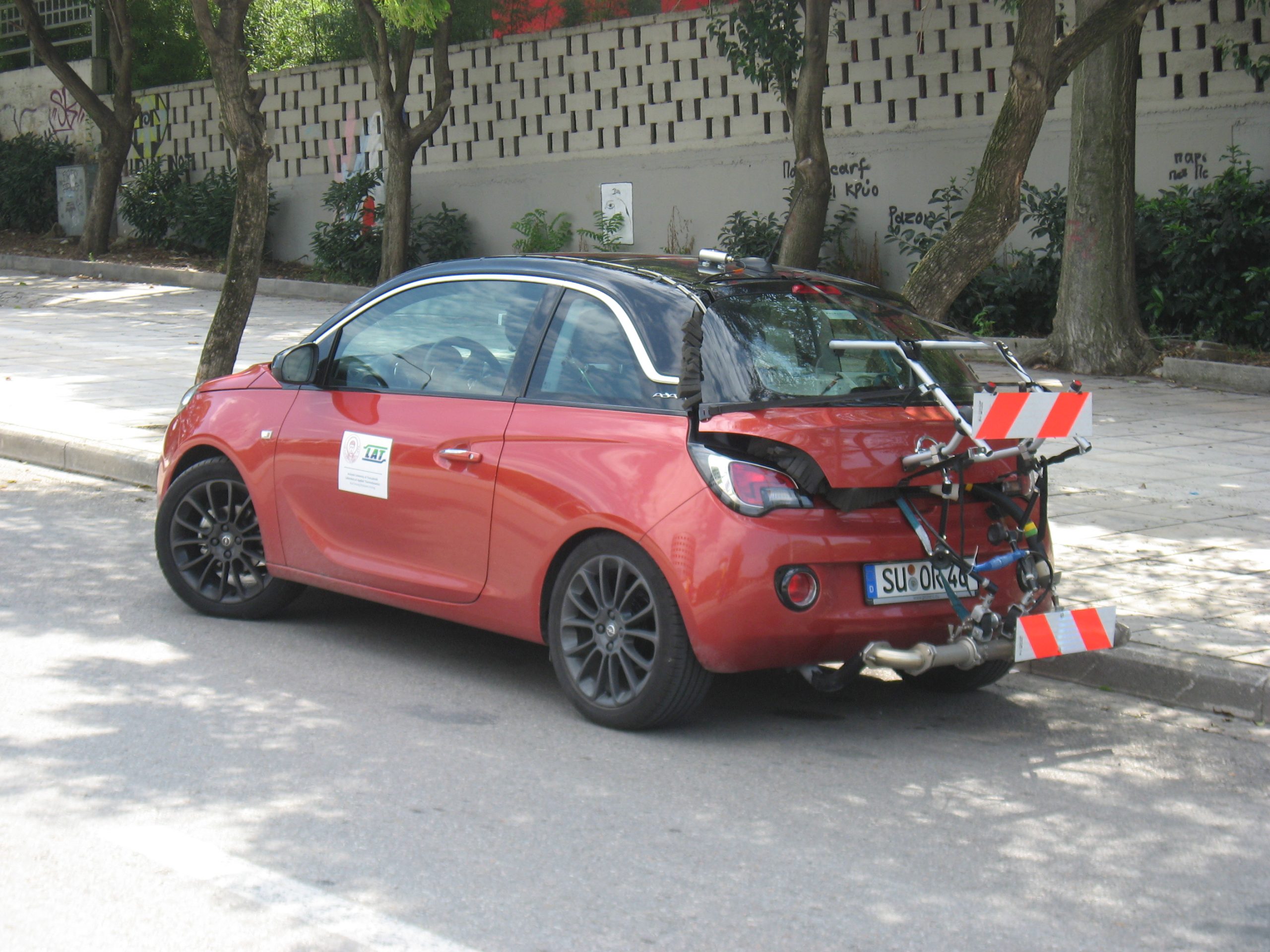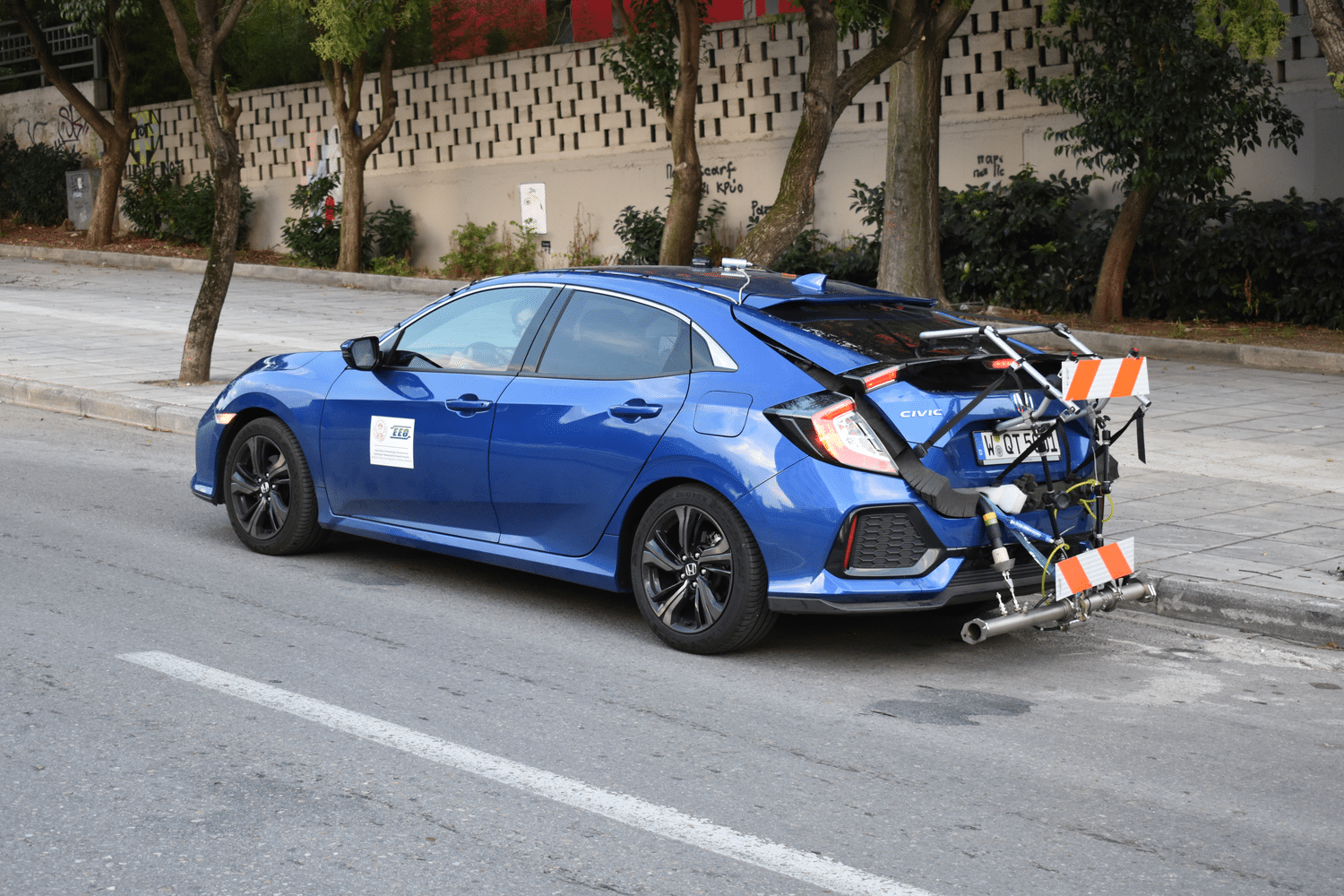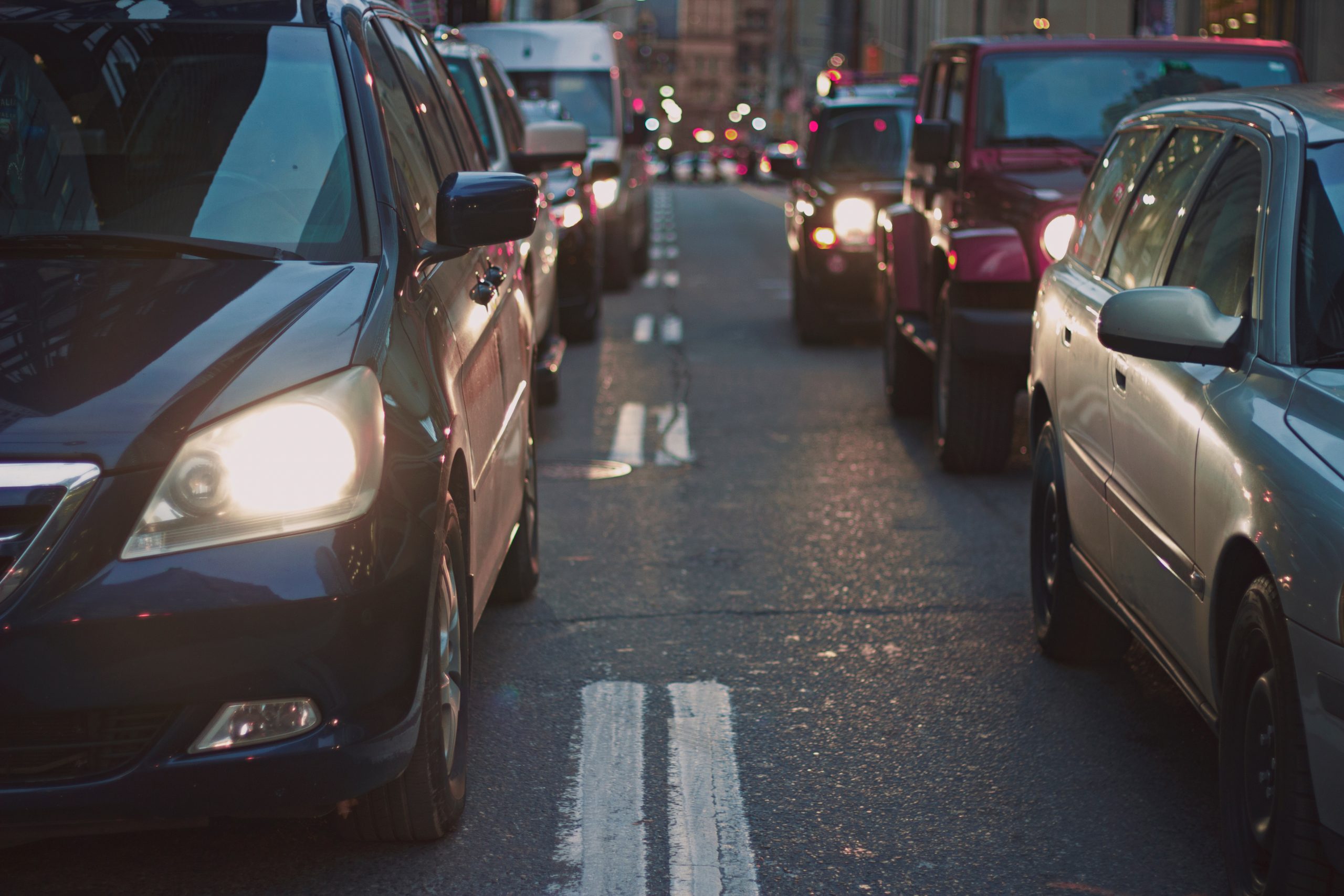Watch out for fake EVs, national regulators told
Carmakers can exploit loopholes in the EU’s new CO2 emissions targets to push sales of fake plug-in hybrid cars over EVs with no tailpipe emissions, T&E has warned. The law credits manufacturers for selling EVs but leaves room for gaming. This could allow carmakers to supply half of all the ´zero and low-emission’ cars needed to comply with stricter CO2 limits with fake ‘electric’ cars.
